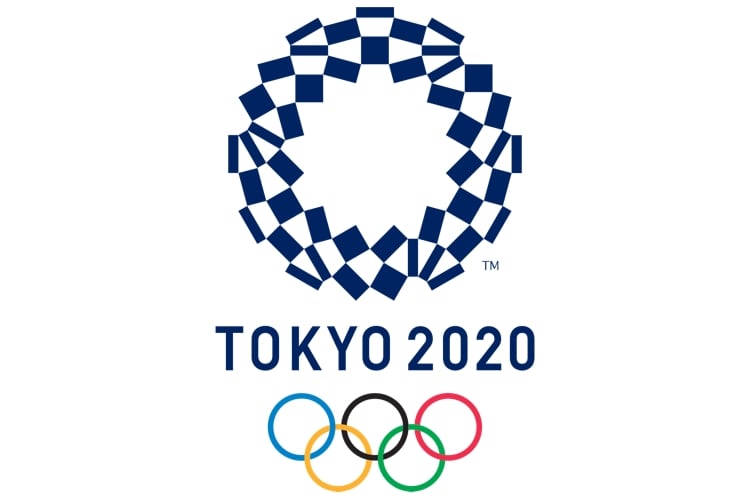Cool Japan Fund (CJF) Inc. a government-affiliated investment fund, hopes it will offer a taste of Japan as well as expand sales channels overseas.
The project is a joint venture between CJF and British firm Japan Centre Group. The fund will invest £3 million (¥450 million) in the project.
The space will include a food zone offering various Japanese cuisines in an open kitchen, a retail zone selling groceries and other goods from Japan, cooking demonstrations that use Japanese ingredients, seasonal Japanese festivals and other promotions.
“Following the increasing popularity in Japanese food in recent years, Japanese food service enterprises have expanded, more new Japanese restaurants have opened , and as Japanese food has become more popular, the number of people keen to adopt various unique and traditional Japanese cuisine, groceries and other product is showing unprecedented growth,” said CJF in a statement.
The move comes after Japan and the European Union reached a free trade deal in July.
Meanwhile, Japanese producers are seeking to increase exports by launching a farmer’s market store at Singapore’s Changi airport, one of South East Asia’s busiest hubs.
The store sells 85 types of food products such as Wagyu beef, seafood, fruit, confectionery and sake exclusively imported from Japan.
The National Federation of Agricultural Cooperative Association of Japan says it is one strategy to better promote Japanese exports.
Hiroyuki Kawasaki, president and CEO of Zen-Noh International Corp., the Japanese name for the association, said the market was an opportunity to offer high-quality products from Japanese farmers to overseas customers.
About 60 million people pass through Changi Airport annually.
More from the Far East...
Japan manufacturers urged to go for gold-standard safety regimes in time for Tokyo Olympics
The Global Food Safety Initiative (GFSI) in Japan aims to have over 6,000 food production sites certified, or to have begun the certification process, in time for the Tokyo 2020 Summer Olympics.

GFSI, established and managed by the international trade association, the Consumer Goods Forum runs schemes to benchmark food safety standards for manufacturers and suppliers.
The targets for Japan were announced at a GFSI Focus Day Japan, which gathered 400 food safety experts from private and public sectors.
Katsuki Kishi, GFSI Board Member and Chair of the Japan Local Group, presented the group's vision of public-private collaboration and improved food safety as priorities.
A key tool for this will be its Global Markets Programme, which guides companies with underdeveloped food safety systems through a step-by-step improvement process.
Mandatory HACCP (Hazard Analysis & Critical Control Points) implementation by SMEs is one of the most urgent challenges in Japan, something Kishi believes will improve Japanese firms’ access to international markets as well as benefitting consumers.
Experts in Japan say consumer expectations for transparency and food safety are rapidly increasing.
Representatives from Japanese government entities participated in the Focus Day to express support for increased collaboration with the GFSI for food safety.
The annual GFSI conference in Tokyo from March 5 to 8 2018 will also aid this process, bringing together 1,000 leaders from the global food industry to improve food safety.
In line with developments, the official Japanese GFSI website was launched at the Focus Day: www.mygfsi.com/sp/
‘World’s most expensive rice’ set for new markets
A Japanese rice, which last year was listed in the Guinness World Records as the world's most expensive rice, will soon be available in Singapore, with Hong Kong and the US to follow soon after.

Kinmemai Premium comes with a price tag of US$109 per kilo.
At a glance, it looks like ordinary polished white rice, though it is unpolished. It is milled and processed as rinse-free rice, and keeps the white sub-aleurone layer that is generally removed during the polishing process.
Compared to polished white rice, Kinmemai is said to be superior in flavour, sweetness and nutritional value, containing roughly six times more lipopolysaccharide, a natural immune booster
